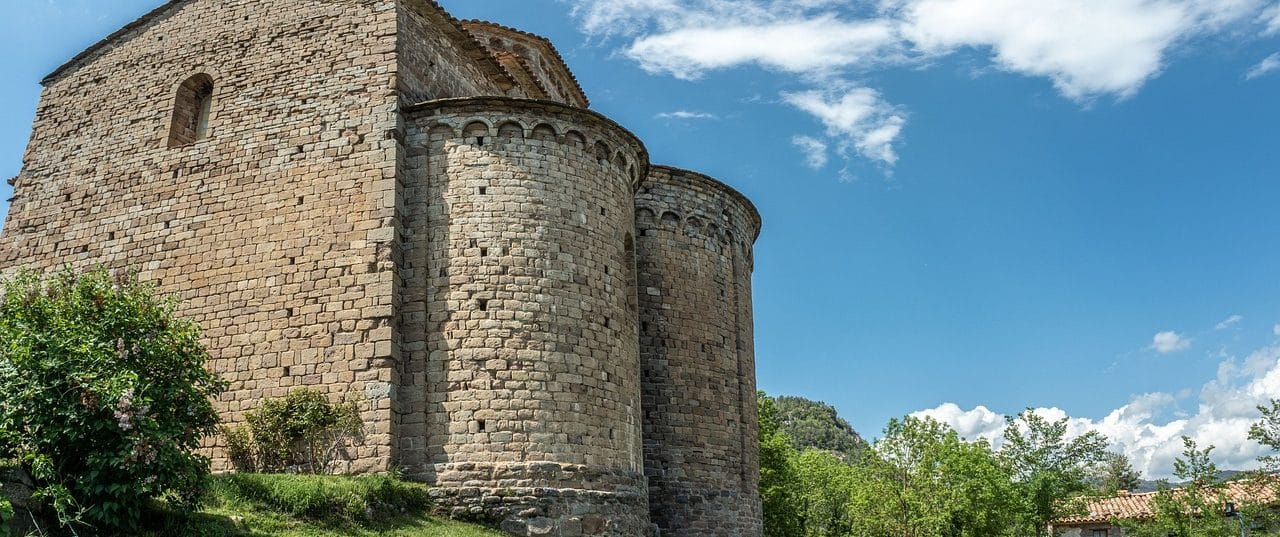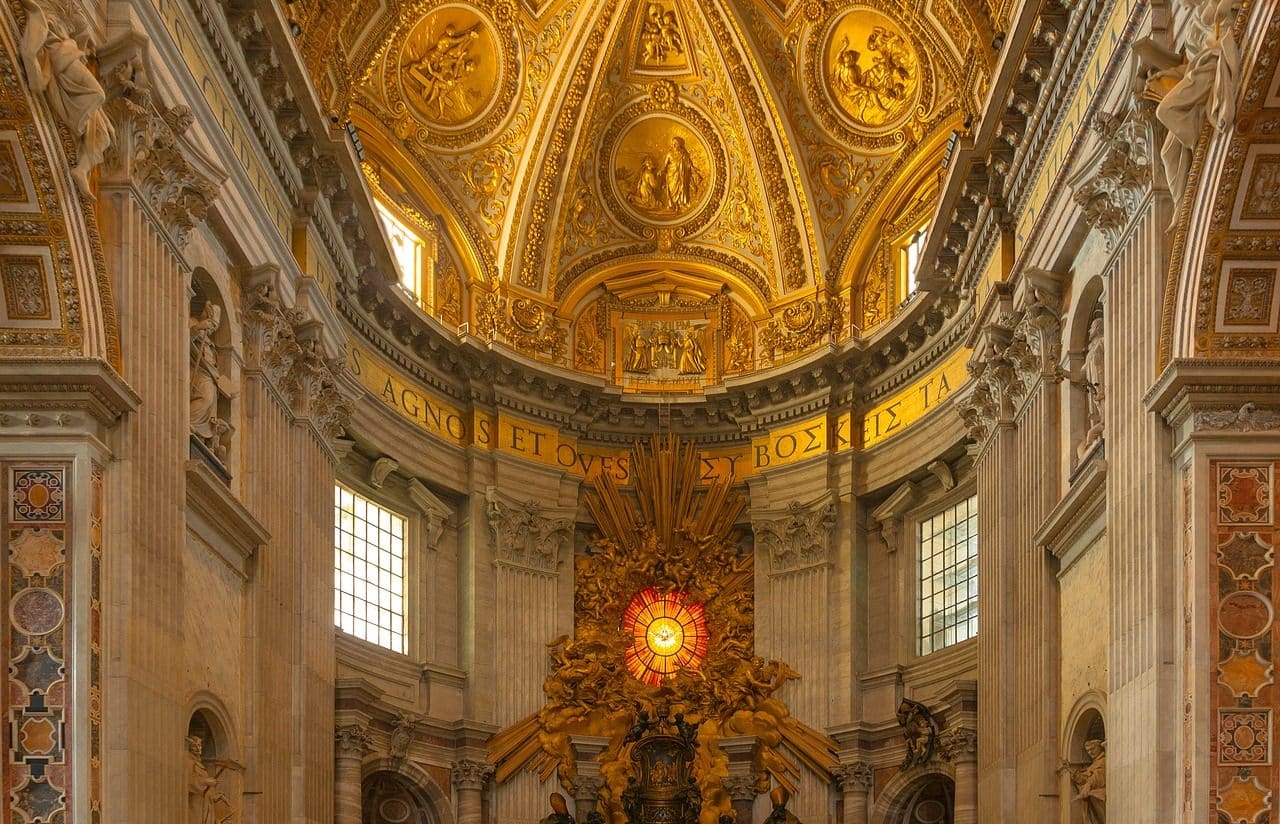
The apse is the semicircular and vaulted sector of a temple.
Apse is an architectural concept that can be mentioned in feminine (the apse) or masculine (the apse). The notion allows us to name the semicircular and vaulted sector of a temple that allows the installation of the presbytery and the altar .
The apse, with a polygonal or semicircular plan, is located at the head of the church . Its origins date back to the Roman Empire : in the temples of the time, figures of the deities were placed in niches that functioned as apses. Later, in the basilicas, the space with seats began to be called the apse, where the magistrate 's chair was installed in front of the altar.
Over the years, most churches began to give prominence to the apse, integrating it into the presbytery (a prominent space that can be used for the choir ) and the altar (the structure where worship takes place, being the scene of the offerings and of other rites).
Different formats
Although there are multiple apse formats, it is usually located at the head of the main nave and protrudes from the structure , with a vaulted roof.
The main apse may be connected to another attached structure, with similar characteristics although smaller, which is called the apse .

The apse makes possible the installation of the presbytery and the altar.
Examples of apse
There are several apses that, due to their characteristics , became well known. The Apse of Miracles , for example, is the only structure that remains standing from a 13th century temple located in Talamanca de Jarama ( Spain ). The Cathedral of the Savior of Zaragoza , called La Seo , has several apses of architectural and historical relevance.
In the same way, we cannot ignore the spectacular apse that San Clemente de Tahull has, in the Boí valley . It has managed to become a milestone in the history of art because it has some amazing Romanesque paintings, which have come to be considered an authentic jewel of Romanesque art on the entire European continent. Specifically, they come to represent different biblical scenes.
And in addition to these historical buildings we could highlight many others in which the apses are a reference:
- The Parish Church of San Julián and Santa Basilia , in the Palencia municipality of Villaconancio . It currently preserves part of its initial structure, the fact that it was erected in the 12th century being relevant. Specifically, it preserves its double apse, which has a marked Romanesque style.
- The Parish Church or Collegiate Church of San Salvador in the town of San Salvador de Cantamuda ( Palencia ). It was built in the 12th century, due to the impulse and determination of the Countess of Castile Doña María Elvira . It stands out because it has three apses: the central one, where both prismatic pilasters and thin twin columns take on importance; the south, which has two windows, and the north, which has a single window.
- The Church of San Miguel , located in the town of Olmedo ( Valladolid ). Of this temple, which seems to have its origins in the 12th century, its apse stands out for the fact that it is an authentic jewel of Mudejar Romanesque style.
